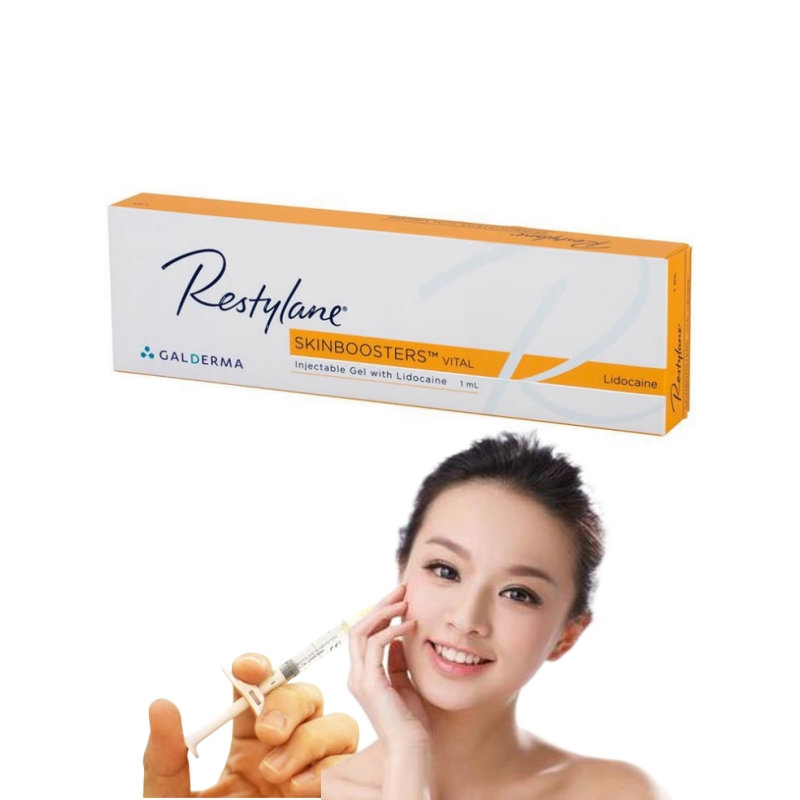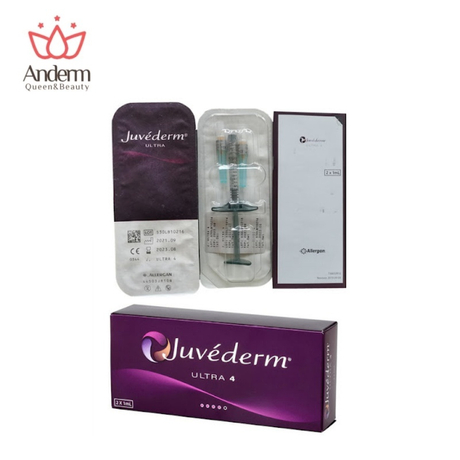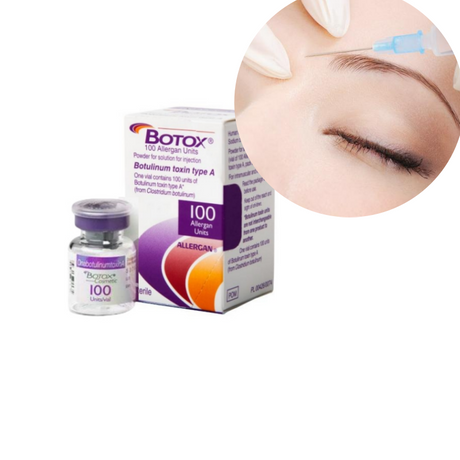
In recent years, the field of aesthetic medicine has witnessed significant advancements, particularly in minimally invasive procedures aimed at enhancing facial aesthetics. Among these, hyaluronic acid dermal fillers have gained immense popularity due to their efficacy and safety profile. These fillers have revolutionized the way practitioners approach facial rejuvenation, offering patients a non-surgical option to combat signs of aging. This article delves into the various uses of hyaluronic acid dermal fillers, exploring their mechanisms, applications, and the science behind their success in cosmetic dermatology.
Understanding Hyaluronic Acid
Hyaluronic acid (HA) is a naturally occurring glycosaminoglycan found extensively in connective, epithelial, and neural tissues. It plays a critical role in maintaining skin hydration due to its remarkable ability to retain water—up to 1,000 times its weight. In the skin, HA contributes to tissue repair, elasticity, and overall dermal health. However, as part of the natural aging process, endogenous production of hyaluronic acid diminishes, leading to dehydration, loss of volume, and the formation of wrinkles and fine lines.
Synthetic Hyaluronic Acid in Dermal Fillers
To counteract the effects of aging, synthetic hyaluronic acid is utilized in dermal fillers. These fillers are designed to mimic the natural substance, replenishing lost volume and stimulating collagen production. The biocompatibility and biodegradable nature of HA make it an ideal compound for cosmetic use, minimizing the risk of adverse reactions.
Applications of Hyaluronic Acid Dermal Fillers
The versatility of hyaluronic acid dermal fillers allows for a wide range of aesthetic enhancements. Below are some of the primary uses:
Facial Volume Restoration
As the face ages, it loses fat and structural support, leading to hollowed cheeks and temples. Hyaluronic acid fillers restore volume in these areas, providing a more youthful appearance. Studies have shown that volume restoration not only improves aesthetics but also contributes to skin elasticity and texture.
Wrinkle and Fine Line Reduction
HA dermal fillers effectively smooth out wrinkles and fine lines, particularly in dynamic areas such as the nasolabial folds, marionette lines, and periorbital regions. By filling these lines, the skin surface becomes more even, and the depth of wrinkles is significantly reduced.
Lip Augmentation
Lip enhancement is one of the most common procedures utilizing hyaluronic acid fillers. The fillers add volume, define the lip borders, and can correct asymmetries. The reversible nature of HA fillers offers a safe option for patients seeking lip augmentation.
Non-Surgical Rhinoplasty
HA fillers provide an alternative to surgical rhinoplasty by correcting minor nasal imperfections. They can smooth dorsal humps, lift the nasal tip, and improve overall nasal symmetry with minimal downtime.
Chin and Jawline Enhancement
Enhancing the chin and jawline with dermal fillers can improve facial proportions and profile. HA fillers can add definition and structure, contributing to a more balanced facial appearance.
Mechanism of Action
Hyaluronic acid dermal fillers work by integrating into the dermal tissue, attracting water molecules, and providing immediate volume and fullness. The cross-linking of HA molecules in fillers determines their viscosity and longevity. Higher cross-linked fillers are used for deeper injections and longer-lasting results, while less cross-linked fillers are suitable for superficial wrinkles and fine lines.
Stimulation of Collagen Production
Beyond volumization, HA fillers stimulate the body's natural collagen synthesis. This neocollagenesis leads to long-term improvements in skin texture and elasticity, extending benefits even after the filler has been metabolized.
Safety Profile and Side Effects
Hyaluronic acid dermal fillers have a high safety profile due to their biocompatibility. Side effects are generally mild and transient, including redness, swelling, bruising, and tenderness at the injection site. Severe complications are rare but can include vascular occlusion or allergic reactions. It is crucial for practitioners to have a thorough understanding of facial anatomy and to follow proper injection techniques to minimize risks.
Reversibility with Hyaluronidase
One of the advantages of HA fillers is their reversibility. If necessary, hyaluronidase enzymes can dissolve the filler, allowing for adjustments or complete removal. This feature adds an extra layer of safety and patient satisfaction.
Advancements in Dermal Filler Technology
The dermal filler industry continuously evolves with new technologies enhancing the properties of hyaluronic acid fillers. Innovations include the development of Vycross technology, which combines low and high molecular weight HA for improved longevity and reduced swelling. Additionally, the incorporation of lidocaine in fillers has improved patient comfort during procedures.
Personalized Treatment Approaches
Modern aesthetic practices emphasize individualized treatment plans. By selecting appropriate types of HA fillers based on their rheological properties, practitioners can tailor treatments to specific patient needs, achieving optimal aesthetic outcomes.
Comparative Studies and Clinical Efficacy
Clinical trials have consistently demonstrated the effectiveness of hyaluronic acid dermal fillers in facial aesthetic improvements. Comparative studies between HA fillers and other types of fillers, such as calcium hydroxylapatite and poly-L-lactic acid, highlight HA's safety and patient satisfaction rates. The immediate results and minimal downtime contribute to the preference for HA fillers among both patients and practitioners.
Longevity of Results
The duration of HA filler effects varies depending on the product used and the treatment area. On average, results can last from six months to over a year. Maintenance treatments are recommended to sustain the desired aesthetic outcomes.
The Role of Dermal Fillers in Modern Aesthetics
Dermal fillers have become an integral component of non-surgical aesthetic procedures. They offer a flexible solution for age-related volume loss and can enhance facial features without the need for surgery. The rise in demand for minimally invasive treatments has positioned dermal fillers at the forefront of cosmetic dermatology.
Combination Therapies
Combining hyaluronic acid dermal fillers with other treatments such as botulinum toxin injections, laser therapy, and skin resurfacing techniques can yield synergistic effects. These combination therapies address multiple signs of aging, providing comprehensive facial rejuvenation.
Patient Selection and Consultation
Successful outcomes with HA dermal fillers depend on proper patient selection and thorough consultation. Factors such as skin type, age, medical history, and aesthetic goals should be carefully evaluated. Setting realistic expectations is crucial for patient satisfaction.
Cultural and Ethnic Considerations
Practitioners must be aware of cultural and ethnic differences in facial anatomy and beauty standards. Tailoring treatments to respect these differences ensures natural-looking results and meets the unique needs of diverse patient populations.
Training and Expertise
The administration of hyaluronic acid dermal fillers requires skill and anatomical knowledge. Continuous training and adherence to best practices are essential for minimizing risks and achieving optimal results. Professional organizations offer certification programs to uphold high standards in aesthetic medicine.
Ethical Considerations
Ethics play a significant role in cosmetic procedures. Practitioners must ensure informed consent, prioritize patient welfare, and avoid over-treatment. Educating patients about the benefits and limitations of dermal fillers fosters trust and promotes responsible aesthetic practices.
Future Directions
Research continues to advance the field of hyaluronic acid fillers. Developments focus on enhancing filler properties, such as longevity and tissue integration, and expanding therapeutic applications beyond aesthetics, including in osteoarthritis and tissue engineering.
Biostimulatory Fillers
The exploration of biostimulatory fillers that not only provide volume but also stimulate biological processes represents a significant area of growth. Combining HA fillers with growth factors or peptides may offer enhanced regenerative effects.
Conclusion
Hyaluronic acid dermal fillers have become a cornerstone in the realm of aesthetic medicine, offering versatile solutions for facial rejuvenation and enhancement. Their safety, efficacy, and adaptability make them a preferred choice for both patients and practitioners. As technology advances, the applications of HA fillers are likely to expand, solidifying their role in non-surgical cosmetic treatments. For those considering dermal fillers, consulting with a qualified professional is essential to achieve desired outcomes and maintain skin health.
Discover more about the latest advancements in dermal filler treatments and how they can help you achieve aesthetic goals safely and effectively.






























